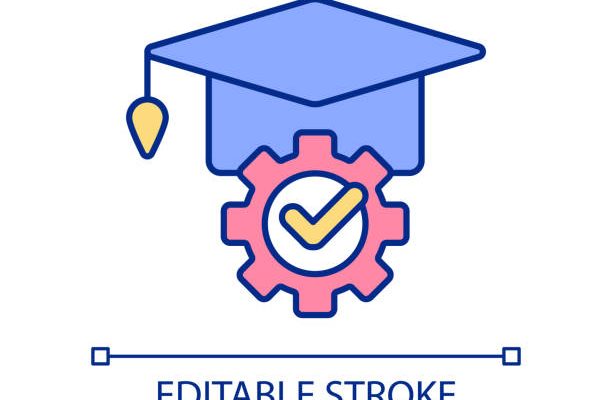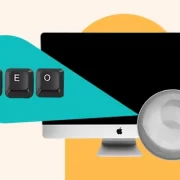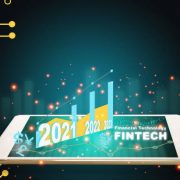Flexibility and efficiency are priorities in the corporate world for businesses who need to upgrade their employees’ skills while maintaining their daily work performance. Microlearning is a new and innovative approach to providing employees with the skills needed to succeed in the digital age.
The educational sector has begun to recognize that microlearning is a growing trend among employers. At the same time, it is also changing the way people are learning and the platforms on which they do so. Microlearning is focused on a specific learning outcome and enables learners to receive content in short, concise bursts. This allows learners to choose what they want to learn and when.
Microlearning is a great way for educators to differentiate themselves from other educational institutions by offering valuable skills-enhancing opportunities to working professionals. This article examines 7 reasons why microlearning is a great way to upskill professionals and graduates.
Aids retention
Journal of Educational Computing Research states that short content increases by over 20% in terms of retention. This is because longer-form content gives people a lot more information. There’s very little interaction with the learner.
Content that is too long can overload the working memory, causing insecurity within the learning environment. It also leads to learners feeling overwhelmed by information, leaving them unable do the work required to internalize the information.
Hermann Ebbinghaus states that 70% new information will be lost in 24 hours without any effort to retain it. A learner will be more likely to retain information if they are able to engage with the content.
Requires less commitment
Microlearning is a condensed form of learning that removes any unnecessary information. It reduces the amount of time required by students and is therefore more accessible to the busy, modern learner.
Microlearning lessons, which are short and compact (between six and nine minutes total) are also the ideal length for today’s attention spans. Visual formats like video and infographics are also helpful in boosting engagement. Visual stimulants are two times as engaging than traditional learning, and they’re more effective when it comes time to transfer knowledge.
A recent study suggests that 65 percent of the population is a visual learner. Microlearning uses condensed visual content to achieve results.
Increases effectiveness
Microlearning is designed to produce a specific outcome or result rather than endlessly presenting general information. Take computer literacy for example. In the traditional learning model, classes would be held at specific times to teach students about computers and their functions.
Microlearning, on the other hand, breaks down each computer program into smaller lessons, so that students can learn only what they need, at their own pace. Instead of spending months learning Photoshop, Excel Word and Adobe, a worker could take a short course on Excel to learn the basics in just a fraction of time.
This approach not only ensures that learners can extract all the information from a specific field of expertise they need, but also ensures the skills they have acquired can be used in a practical way.
Focuses On Relevance
In addition to the previous point, microlearning, being task-oriented, eliminates all unnecessary information. It is a way of trimming the fat. Microlearning aims to give students the information they need to complete a task to the best of their ability, rather than providing them with irrelevant course material.
If a student works for a business that wants to invest in digital marketing more, an online course with bite-sized modules covering relevant topics like SEO or analytics will help them upskill on the job when they need it.
Microlearning can be used to help teach specific skills to feed into marketing campaigns and to explain how to master SEO. This will result in more traffic and conversions. It will also teach you all you need to become an SEO expert for local searches, without you having to learn any other marketing skills or information that isn’t relevant to your task.
Enables personalization
In higher education or traditional skills training, students are often taught the same material and tested on it, regardless of their background or previous experience.
This rigid curriculum does not allow for personalization, so some students may waste weeks or even months learning what they already know. Microlearning allows you to tailor a course according to your student’s needs and skills.
This personalization allows a student to focus on the skills in their area of expertise which will be most beneficial for them and their role. This can include the technology they use (e.g. Mobile devices can help to facilitate learning at a personal level.
Provides alternatives that are cost-effective
Microlearning has many advantages. It can be used by anyone, unlike traditional programs which can prove expensive for some people and businesses. They are also less time-consuming, less efficient and less effective.
Learning can be expensive, especially when you consider that the average graduate leaves school with $30,000. of debt. Alternative learning is gaining popularity among working professionals who prioritize both time and cost.
Microlearning can be a valuable training tool that gives employees the skills to do their jobs well, without spending a lot of money. Microlearning can democratize knowledge and skills and make them more accessible for everyone. This will result in a more prosperous economy and a better informed society.
Avoid burnout
Microlearning has implications that go beyond workplace skills training. There are many aspects of microlearning that can be integrated into traditional learning environments to the benefit of students and teachers.
Microlearning, for example, focuses on personalized, targeted information that is relevant to modern students. This allows them more time to concentrate on applying skills and knowledge.
If educational institutions spent more time creating microlearning materials, they would have more time for one-on-one sessions with students and could nurture their development.
By offering microlearning, colleges and university would also be able appeal to a larger demographic of students. This is especially true if they offered short-term certificate programs alongside their multi-year degree program.
Microlearning is the ideal solution for professionals of today, as it offers the greatest return on investment for the smallest number of resources. The lessons can also be tailored and personalized because they are short and focused. They are also more affordable than traditional training.
No longer do we live in a rigid world of fixed working hours and geographical or physical limitations. We have the freedom to learn new skills anywhere and anytime. Microlearning is perfect for today’s workers – both current and future.




















Comments